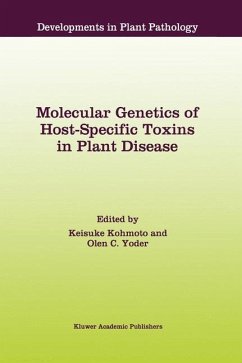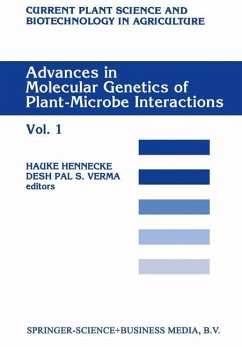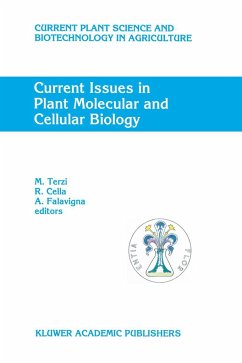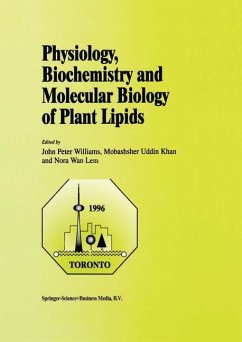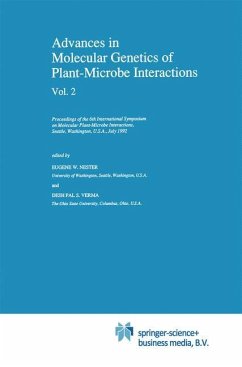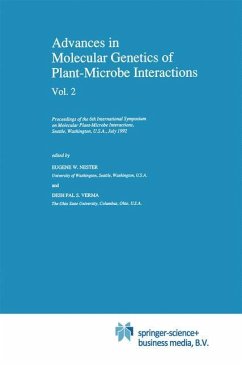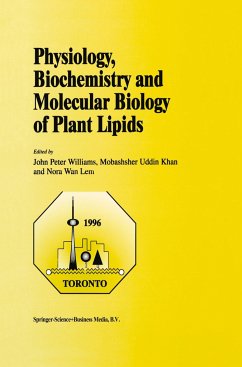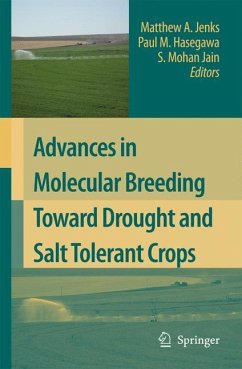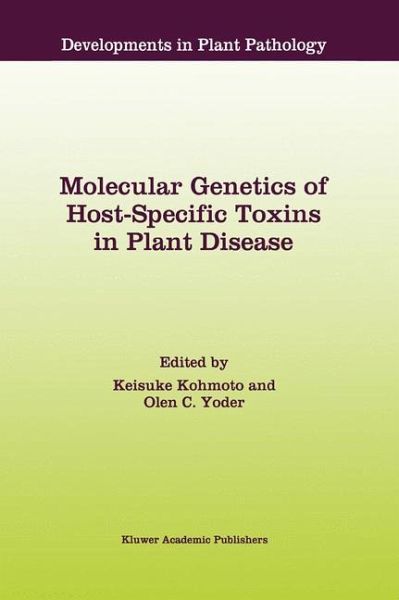
Molecular Genetics of Host-Specific Toxins in Plant Disease
Proceedings of the 3rd Tottori International Symposium on Host-Specific Toxins, Daisen, Tottori, Japan, August 24-29, 1997
Herausgegeben: Kohmoto, Keisuke; Yoder, Olen C.
Versandkostenfrei!
Versandfertig in 1-2 Wochen
153,99 €
inkl. MwSt.

PAYBACK Punkte
77 °P sammeln!
For investigators engaged in the study of toxins generally, and host-specific toxins in particular, it is a rare treat to attend a meeting in which toxins involved in plant pathogenesis are emphasized. A gathering of this type provides opportunity to consider the discovery of new toxins, their chemical structures, genes encoding enzymes that control their biosyntheses, their sites of action and physiological effects on plants, and their roles (if any) in pathological processes. Having acknowledged the inspiration fostered by a 'toxin meeting', however, it is important to point out that the pro...
For investigators engaged in the study of toxins generally, and host-specific toxins in particular, it is a rare treat to attend a meeting in which toxins involved in plant pathogenesis are emphasized. A gathering of this type provides opportunity to consider the discovery of new toxins, their chemical structures, genes encoding enzymes that control their biosyntheses, their sites of action and physiological effects on plants, and their roles (if any) in pathological processes. Having acknowledged the inspiration fostered by a 'toxin meeting', however, it is important to point out that the program of this symposium was generously sprinkled with 'nontoxin' talks. These contributions generated cross-disciplinary discussion and promoted new ways of thinking about relationships among factors required for plant disease development. The point can be illustrated by considering just one example. We have in the past often regarded diseases mediated by host-specific toxins and diseases involving 'gene-for-gene' relationships as representing two different classes of fungal/plant interaction. This is largely because the key molecular recognition event in so-called 'toxin' diseases leads to compatibility, whereas the corresponding event in 'gene-for-gene' diseases leads to incompatibility. Yet the race specific elicitors produced by the 'gene-for-gene' fungi Cladosporium fulvum (De Wit, Adv. Bot. Res. 21:147- 185, 1995) and Rhynchosporium secalis (Rohe et a1. , EMBO J.





